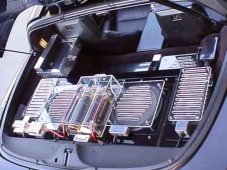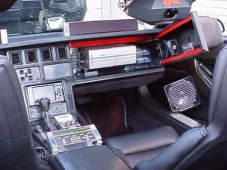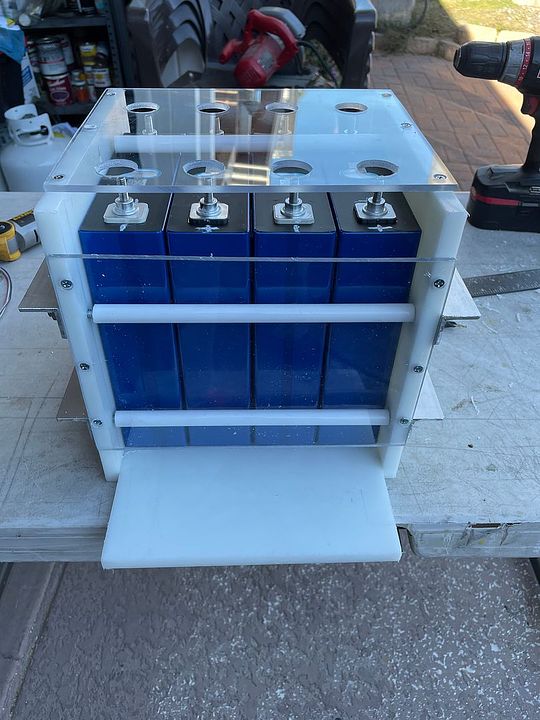Wonder if you could have heated it up around the cracks. Im sure its not that easy. I used to do car stereo competitions, I had a bunch of plexi stuff in my corvette.That's what I used to think too. After using it for 1-2 years the pieces I made started to crack/spit at the mounting holes. The worst pieces were outside so I assumed it was stress from expansion contraction so I drilled the holes bigger. This reduced the cracking but still had issues with the holes at the bottom. I figured it was the threads cutting into the Lexan so I started to use rubber/plastic inserts around the bolts or clamping it.

 with acrylic you had to be real careful just drilling the stuff, use a special drill bit or it chips as it breaks through.
with acrylic you had to be real careful just drilling the stuff, use a special drill bit or it chips as it breaks through.I considered learning how to flame polish the edges a great accomplishment, its very hard to master but sooo much faster and prettier than machine polishing. What makes it hard is theres such a fine line between a clear glass finish and it bubbling up and catching fire. Guy who first showed me used an oxy acetylene torch to do it and it was 1/2", the thicker the stock the harder it is to get right. The black acrylic the sub box was covered with was frustrating, its 1/2" and theres a step with 2 levels and the upper layer had a 45 degree bevel in it and I did not want to burn that when I polished it.
I think tbe sheet I bought to do rhat was $400 and that was in the 90s.




